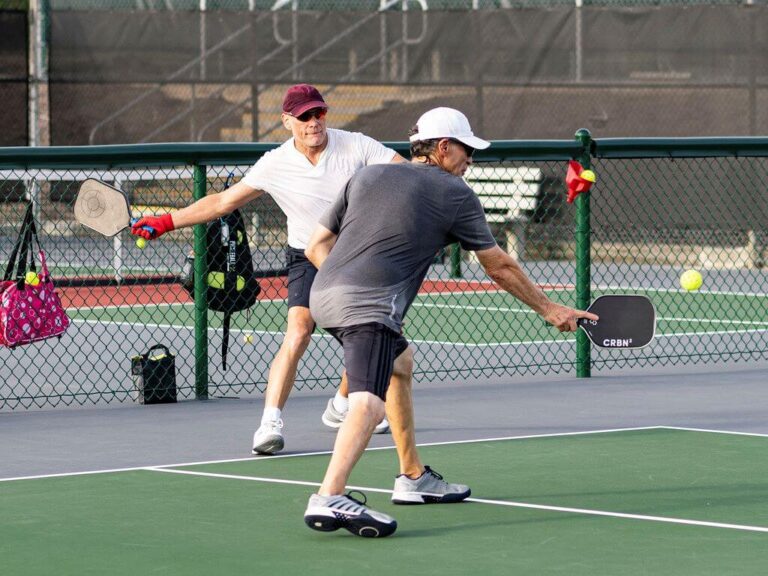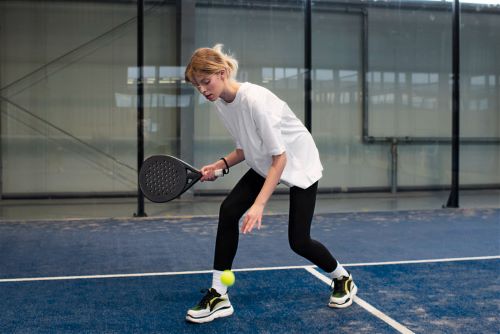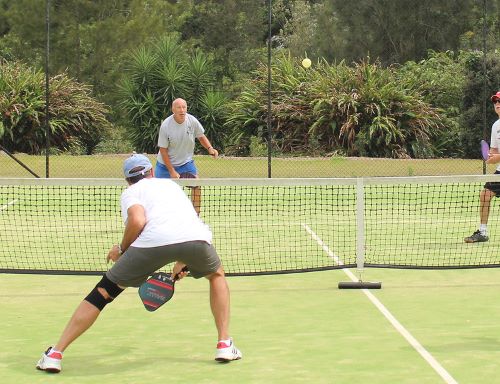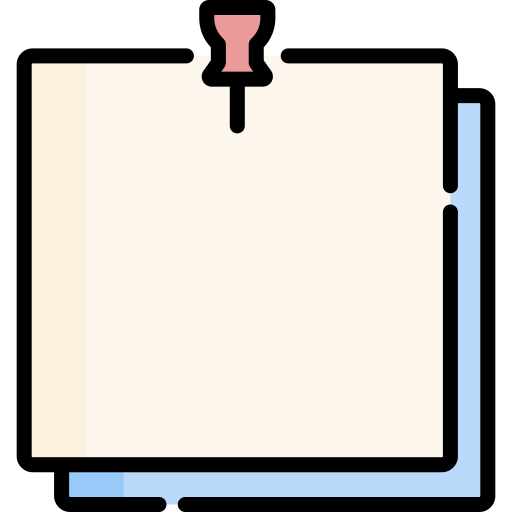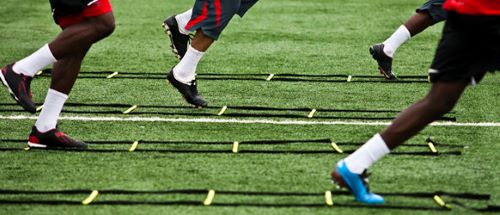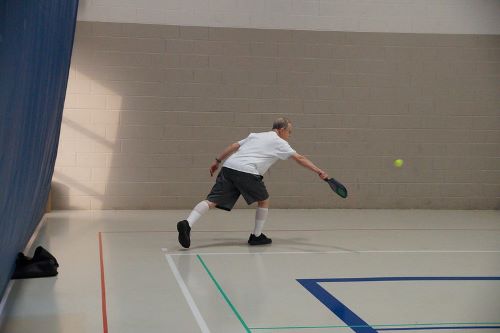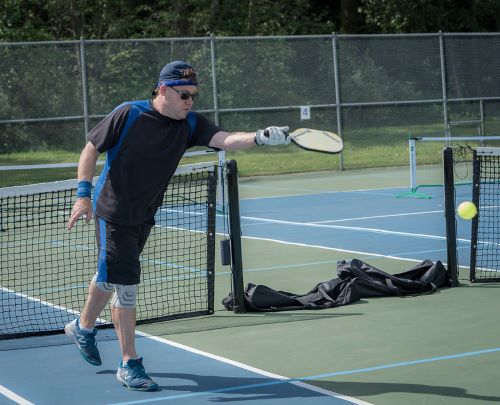Looking to improve your agility in pickleball? Here are four agility exercises for pickleball that you can do to improve your footwork, coordination, and speed.
Agility is essential for pickleball players of all levels. It allows you to move swiftly around the court, so you can easily change directions and react to your opponent’s shots. Needless to say—if you want to improve your pickleball game, you need to work on your agility.
In this article, we will discuss four agility exercises for pickleball that you can do to improve your pickleball game. These exercises are easy to do and can be done at home or at the park. With regular practice, you will see improvements in your agility and speed, which will help you to become a better pickleball player.
Let’s get started!
What’s the Difference Between Agility VS Speed?
Speed is simply how fast you can move from point A to point B on the court. Think of it like a race car zooming down a straight track. If you’ve got speed, you can chase down a distant ball or get to the net quickly. It’s about raw, linear momentum.
On the other hand, agility is a bit more intricate. It’s the ability to change direction swiftly and smoothly without losing your balance or pace. Imagine that same race car navigating a twisty, turning track. In pickleball, agility means you can shuffle from side to side, backpedal, or dart forward—all while staying ready for the next shot.
Agility in pickleball determines how fast you can twist your wrist and adjust your arm to return a swing. Or, how quickly you can lift your feet off the ground and start moving to where you need to go.
The Benefits of Agility Exercises in Pickleball
Agility is a key skill in sports like tennis and pickleball, where quick, lateral movements dictate the pace of a game. Agile players have tons of benefits when playing pickleball, like:
- Improved footwork
You’ll be able to move quickly and efficiently around the court in order to return shots and defend against your opponents.
- Reduced risk of injury
Agility drills help reduce your risk of injury by improving your footwork, endurance, and coordination. You’ll be less likely to trip or fall while playing pickleball.
- Easier gameplay
Agile players will have an easier time playing pickleball than stronger or smarter players. This is because agile players can get to places quicker, so they can return and reset their position to the center of their court quickly.
These are just some of the many benefits of being agile in pickleball. In court sports like pickleball and tennis, being fast and agile allows you to make plays and dominate the court.
The Best Agility Exercises for Pickleball
The best agility exercises for improving your pickleball performance are drills and circuits that mimic the same movements you’d need to perform in a game. Our list of exercises will improve your agility in all aspects of your game—from reaction speed, all the way to arm agility for returning quick shots.
We’ve listed down four types of drills, instructions on how to perform them, variations you can do to make the exercise more exciting, and more.
-
Invisible Ball Drop Drills for Pickleball
Ball drop drills are a popular kind of exercise to build agility. You start from a dead stop and have to accelerate fast enough to grab a falling ball before it bounces twice.
Sounds too easy? That’s because it is. And it doesn’t really train one of the most important aspects of agility, which is your reaction time. If you can see the trajectory of the ball, even as it bounces, you already know where to go. In a real-game scenario, you don’t always have the luxury of having the ball bounce before you can react.
So, instead of trying to see the ball bounce and then catching it, the invisible ball drop drill involves dropping the ball with your eyes closed.
This is best done with a partner. Keep your eyes closed and your ears peeled. Wait for the ball to bounce before opening your eyes and attempting to catch the ball. This is much harder than the normal ball drop because you only have a few moments to react to catch the ball.
- Equipment needed: pickleball wiffle ball
- Skill level: beginner
- Exercise benefits: improved reaction time
How to Perform Invisible Ball Drop Drills for Pickleball
- You and your partner should be at least four feet away from each other.
- Position yourself in the same stance you normally take when playing pickleball, then close your eyes.
- With your eyes closed, let your partner drop the ball from head or shoulder level. Your partner should drop the ball slightly to the left or right so you can practice lateral movement.
- Once you hear the ball bounce, open your eyes and catch the ball before it bounces a second time.
| Common mistakes to avoid | You’re doing it right when… |
|---|---|
|
|
Progression and Modifications for The Invisible Ball Drop Drill
Drop drills are very versatile, so there are a lot of modifications and progressions you can make to increase the intensity of the exercise:
- Try being farther away from your partner.
- Use a pickleball paddle instead of catching the ball, and hit the ball back toward your partner’s chest
- If you don’t have a partner, just close your eyes and toss the ball in front of you. Open them when you hear the ball bounce and catch the ball.
- Have your partner throw the ball to the ground, toward your direction. When you open your eyes after it bounces, the ball should be moving towards you and you’ll have to catch the ball quickly before it passes you.
Ladder Drills for Pickleball
A great, low-impact exercise for improving your agility and coordination is ladder drills.
If you’ve never been athletic in your life or haven’t played any kind of sport in a while, chances are your body coordination is off. Ladder drills fix this because you need timing and consistent, repetitive movements to stay inside the ladder.
If you’re too fast with your movements, you might hit the ladder and ruin the circuit. If you’re too slow, your upper body will move ahead and you’ll struggle with balance.
Body coordination is important for all kinds of sports, but pickleball determines how efficiently you can move your body around. Someone with great coordination will be able to easily adjust their bodies to whichever direction they need to go, and they’ll never fall, trip, or lose balance while doing so.
- Equipment needed: agility or training ladder
- Skill level: intermediate to expert, depending on the intensity of the exercise
- Exercise benefits: better balance, less prone to falling, and faster, more agile when moving your legs
How to Perform Ladder Drills for Pickleball
- Lay out the ladder on flat and soft ground. Grass or a proper pickleball court is best for this. Try to avoid asphalt or bare concrete if you can, because these floors don’t reduce impact and can strain your knees and joints.
- Once the ladder is straight and ready, perform any of these drills:
- In and out
Step both feet into the first square of the ladder, then step both feet outside (left and right). Repeat this until you get to the end of the ladder and back.
- Carioca
The carioca is much easier to see than read, so take a look at this video on YouTube for tips on how to do it. This exercise will improve your coordination while shifting directions, despite your legs blocking each other.
- Forward, Forward, Back Hops
Put your left and right leg into the first square (forward), and then repeat that on the second square (forward). After that, go back one square leg at a time (back). Repeat until you reach the end of the ladder. You should be going two squares forward and one square back.
- The Ickey Shuffle
This one is also better explained through a video presentation. Check this out to see how to do the Ickey Shuffle.
| Common mistakes to avoid | You’re doing it right when |
|---|---|
|
|
Progression and Modifications for Ladder Drills
As you get stronger and more coordinated with your body, you can increase the intensity or modify the drills a little bit. Here’s how:
- Do the drills faster, with less rest and more repetitions.
- Do the drills backward to practice your balance.
- Do the drills while juggling a pickleball with your paddle.
Backward and Forward Running Drills for Pickleball
This is the simplest agility exercise for pickleball on this list. Running backward and forward is as basic as it gets, but running backward will improve your balance and make you more comfortable with doing it during a game.
We’ve all tried to run backward, only to get scared that we’ll trip, fall, or hit something whilst doing so. I’ve had this happen many times while trying to return an opponent’s lob. The only way I got used to running backward was by repeatedly doing it in a safe space. This way, you can run anywhere on the court without feeling scared or hesitant.
- Equipment needed: lots of running space (flat ground)
- Skill level: beginner
- Exercise benefits: decreased hesitation when running backward, improved backward running speed
How to Do Backward and Forward Running Drills in Pickleball
- Make sure there’s lots of space for you to run around without hitting anything. Also, survey the area for rocks or uneven surfaces to avoid falling and injuring yourself.
- Once you’re ready, look up—as if you’re tracking a pickleball—then run backward 5 to 10 steps. Start slowly to avoid injury as much as possible.
- When you run forward, move your head down and look straight ahead while running as fast as you can. Imagine that you’re running towards a dink and you’re about to return it.
|
You’re doing it right when… | |
|---|---|---|
|
|
Progressions and Modification for Backward and Forward Running Drills
Although this is the easiest drill on this list, that doesn’t mean you can’t ramp up the intensity with some modifications:
- Throw a ball backward and forward while trying to catch it. You can also bounce a ball against a wall if that’s easier for you.
- Do this exercise with an agility ladder! Your backward running technique will improve by being more accurate with your steps.
Wall Drills for Agility Exercises in Pickleball
Although this exercise involves the least amount of running or moving, it’s still one of the most important ones to increase agility in pickleball.
Pickleball wall drills are all about improving your hitting technique. By hitting a pickleball repeatedly against a wall, you’re forced to move and react quickly just to return the ball. This is one of the best ways to improve your reaction time and the agility of your swings.
- Equipment needed: pickleball paddle, pickleball ball, flat wall
- Skill level: intermediate to expert, depending on the intensity
- Exercise benefits: faster reaction time to make returns
How to Do Wall Drills for Agility Exercises in Pickleball
- Stand around four to five feet away from your chosen wall. A smooth, flat wall with an even surface is preferred.
- Hit the pickleball against the wall. Hit it continuously, without letting the pickleball hit the floor.
- Once you get a good rhythm, either slowly go closer to the wall or slowly increase the strength of your shots so that the ball moves faster. This will train your arm to move faster and react quicker to where the ball is going.
|
You’re doing it right when… | |
|---|---|---|
|
|
Progression and Modifications for Wall Drills
Even plain old wall drills can be improved if you know the right modification. Here’s what you can do to make this agility exercise harder:
- Use two pickleballs at the same time.
- Jog in place while doing the exercise, or some other form of movement with your legs.
How to Predict Opponents in Pickleball
Before we finish the article, let me give you this golden nugget. Here’s a free pro tip: the best agility exercise in pickleball is knowing what your opponents are going to do.
Think about it. Have you ever hit a shot, only to find your opponent already on the other side of the court, ready to hit a return? He must have predicted that your swing would go in that direction.
Game sense is one of the biggest differences between a pickleball expert or professional, and a beginner. They get this sixth sense primarily by watching how their opponent plays. Does your opponent have a preferred swing? Forehand or backhand? What part of your court is least protected, and would your opponent like to make a swing in that direction?
Little things like looking at your opponent’s paddle or eyes before he hits the ball will go a long way in helping you predict where that ball is headed next.
Conclusion
Agility is one of the most important skills for pickleball players. You need to be fast, efficient, and confident with your movements to return and strike at the perfect opportunity.
Thankfully, there are tons of agility exercises and circuits for pickleball out there, and you can improve your agility by doing them regularly. So, get drilling and start pickling!

